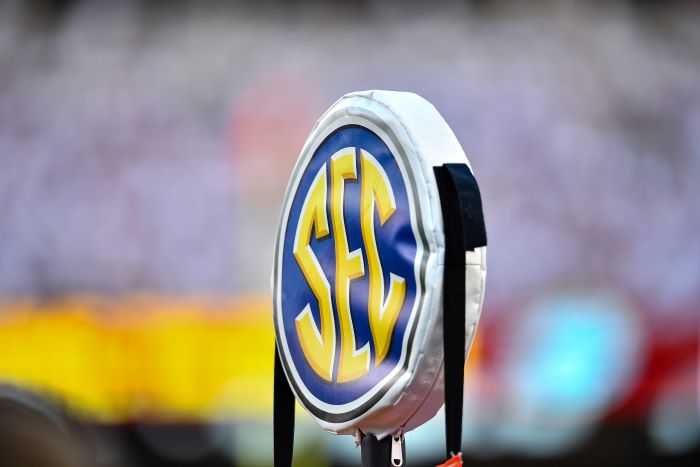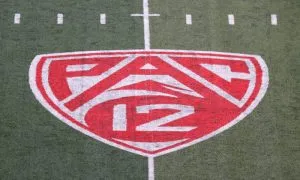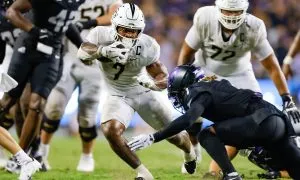SEC Athletic Director on NIL: ‘We Are All Money Laundering’

Name, Image, and Likeness is a topic that has swept the nation over the past two years, with it becoming a sticking point in the worlds of recruiting and the transfer portal.
NIL has gotten out of hand too, with the NCAA fumbling the rules and regulations side of things, sending us into a frenzy of changes that, frankly, we can’t keep up with.
The overarching theme that has risen from the addition of NIL to college athletics is an emphasis on “deals” for top-end players, which lands them at schools with healthy booster pools.
Schools like USC, Texas A&M, Miami, Oregon, and Texas have landed some of the best talent from the high school ranks, as well as the transfer portal, thanks largely to massive NIL inducements.
Sports Illustrated’s Ross Dellenger recently published a story detailing an arm’s race that has begun in the nation’s premier football conference, the SEC, with some schools getting the upper hand thanks to differences in state laws.
With the conference spanning 11 states, there are key disparities that are allowing schools like Texas A&M and Texas to build powerful NIL empires with donor money that eventually finds its way into the hands of student-athletes. In the same breath, schools in states like Alabama, Mississippi, and Tennessee aren’t permitted to do business that way, thanks to both NCAA and state laws.
“Right now, we’re in no man’s land,” Walker Jones, executive director of the Ole Miss collective, The Grove, told Sports Illustrated. “If you are the SEC office and you’ve got 14 schools and three are operating this way, it’s a competitive problem.”
Naturally, the difference in rules has created a competitive disadvantage for some schools, leaving administrators and presidents to argue about what should be allowed, and what shouldn’t.
“You’ve now got fundraisers at a foundation out raising money for the athletic department and they can now add NIL to the list of what they are asking for and doing it through their athletic clubs,” Mississippi State president Mark Keenum says. “What NIL has become is universities going out through their foundations and collectives and raising dollars to give to athletes. They’re just paying them to come play and there is no limit on that.”
Sure, boosters aren’t handing money directly to players, but “NIL Collectives” make the process nearly as easy. In exchange for an endorsement tweet or autograph signing, boosters can legally pay players that sign with the university they support. In that way, the collective provides a “system of pay distribution and, most importantly, acts as a legal buffer,” as Dellenger puts it.
One SEC athletic director even went as far as to say: “Let’s be honest, we are all money laundering.”
With so many changes to the college landscape, perhaps nothing could affect the future of college athletics as much as NIL. Imagine a world where universities pay college athletes as if they were employees. We’re really not too far from it, and with new rules every week it seems, we might see it sooner rather than later.
Is NIL good for college athletics? Yes, as long as it is used as it was intended. Unfortunately, the further we get away from the rule coming into effect, the further we get away from it being used as it was intended, and I’m afraid there is no going back.
























